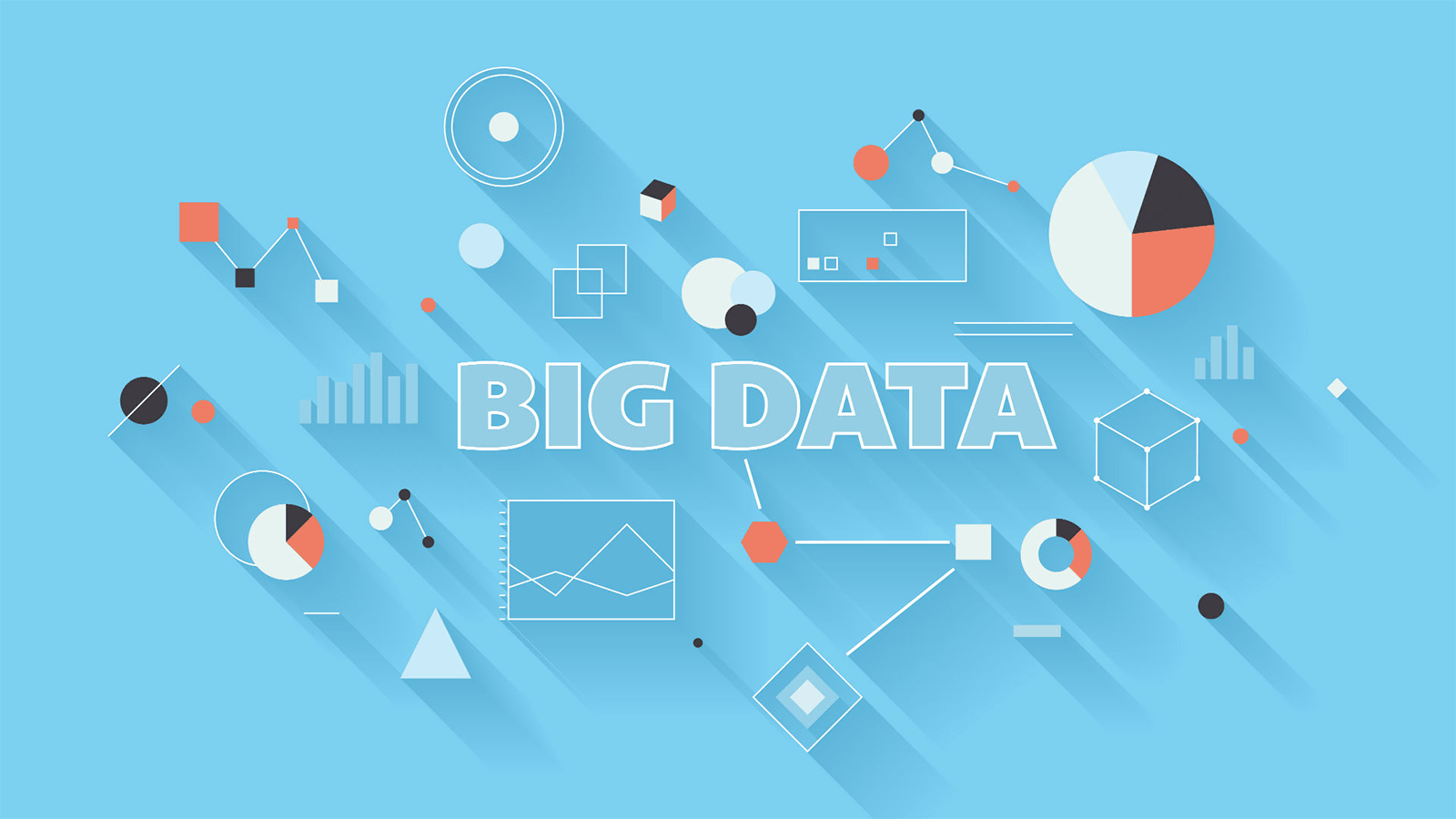Unveiling Insights: The Art of Data Analysis
Unveiling Insights: The Art of Data Analysis
Blog Article

Welcome to the world of data analysis, where numbers and statistics transcend beyond mere figures to reveal profound insights and narratives. In today's data-driven age, the skillful art of data analysis has become a cornerstone for decision-making in every industry. By harnessing the power of data, organizations can unlock valuable information that shapes strategies, improves operations, and drives innovation. It is through meticulous examination and interpretation of data that patterns emerge, trends are identified, and solutions are crafted to address complex challenges head-on. Whether it's uncovering consumer behavior trends, optimizing processes for efficiency, or predicting future outcomes, the art of data analysis empowers us to make informed decisions that fuel success and growth.
Importance of Data Analysis
Data analysis plays a crucial role in decision-making processes across various industries. By examining data trends and patterns, organizations can gain valuable insights that drive strategic initiatives and enhance operational efficiency.
Data driven analysis
Through data analysis, businesses can unlock hidden opportunities, identify potential risks, and optimize their performance. By leveraging data-driven insights, companies can make informed decisions, anticipate market changes, and stay ahead of the competition.
In today's digital age, the ability to effectively analyze data is a competitive advantage. Organizations that prioritize data analysis are better equipped to adapt to changing market dynamics, innovate their products and services, and create personalized customer experiences.
Techniques for Data Analysis
In the realm of data analysis, one crucial technique is the utilization of descriptive statistics. This involves summarizing and organizing data to provide a clear understanding of its key characteristics. By examining measures such as mean, median, and mode, analysts can gain valuable insights into the central tendencies of a dataset.
Another important technique in data analysis is inferential statistics. This method allows analysts to draw conclusions and make predictions about a population based on a sample of data. By applying hypothesis testing and confidence intervals, analysts can assess the likelihood of certain outcomes and make informed decisions grounded in statistical evidence.
Furthermore, data visualization is a powerful technique that enhances the interpretation of data analysis results. By representing data graphically through charts, graphs, and interactive dashboards, analysts can convey complex information in a visually appealing and easily understandable way. Visualization techniques help stakeholders grasp insights quickly and make data-driven decisions effectively.
3. Real-world Applications
For businesses, data analysis plays a crucial role in optimizing operations and enhancing decision-making processes. By analyzing customer data and market trends, companies can tailor their strategies to meet consumer needs effectively. This leads to improved customer satisfaction and long-term profitability.
In the healthcare sector, data analysis is transforming the way medical professionals approach patient care. By analyzing patient records and medical histories, providers can identify patterns and insights that lead to more accurate diagnoses and personalized treatment plans. This ultimately improves patient outcomes and enhances overall healthcare quality.
In the field of marketing, data analysis is utilized to target specific demographics with personalized messages. By analyzing consumer behavior and preferences, marketers can create targeted campaigns that resonate with their audience, leading to increased engagement and conversion rates. This data-driven approach not only improves marketing effectiveness but also helps in building stronger customer relationships.
Report this page